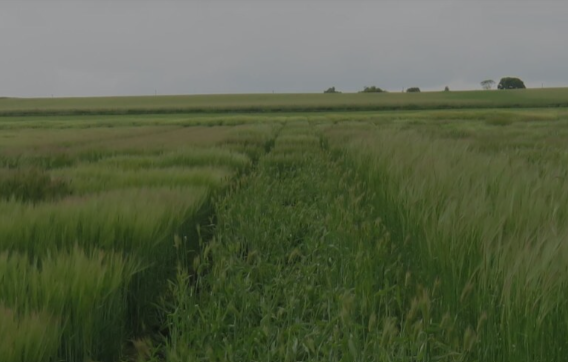Overall global production varies around 150 million tonnes, but the demand for high quality malting barley is expected to increase to meet increasing demand from developing economies, notably China. Within the UK, production has declined from a peak of just under 11 million tonnes in 1984 to just over 5.5 million tonnes in 2005. The UK is a major producer of barley and its malting barley has an international reputation for quality and a ready market in local distillers and brewers. Despite this, malting barley purchases have been in decline from a peak of 2.0 million tonnes from harvest 2003 to 1.7 million tonnes from harvest 2006, largely due to a relatively high cost of production compared to established (Australia, Canada) and emerging (Ukraine, Russia) competitors.
The majority of barley production is used as animal feed with consumption for malting accounting for approximately 20% of the annual production (FAOSTATS).
Barley is cultivated over a wide range of environmental conditions ranging from spring sowing in extreme latitudes or altitudes to autumn sowing in sub-tropical regions. This diversity of environments reflects barley’s tolerance of different environmental conditions as it is recognized as being more drought and salt tolerant than wheat. Barley has spring and winter crop growth habits with the latter requiring a period of cold-chilling (vernalisation) to induce flowering. The winter crop tends to be higher yielding but needs to have sufficient cold hardiness in regions where very low winter temperatures occur regularly.
Barley can also be differentiated by the numbers of rows of grains found on each ear. Barley flowers are formed on the rachis, a terminal section of the stem with many small sections separated by nodes. Each barley rachis node carries three uni-floreted spikelets with only the middle floret being fertile in the two-rowed form and all three fertile in the six-rowed form. Six-rowed barley is potentially higher yielding, especially in regions where the tillering capacity of the plant is limited, but it tends to produce a more diverse grain sample and thus can present problems in malting so maltsters generally prefer to use the two-rowed form.
The information here is provided by The International Barley Hub - visit its website for more.






